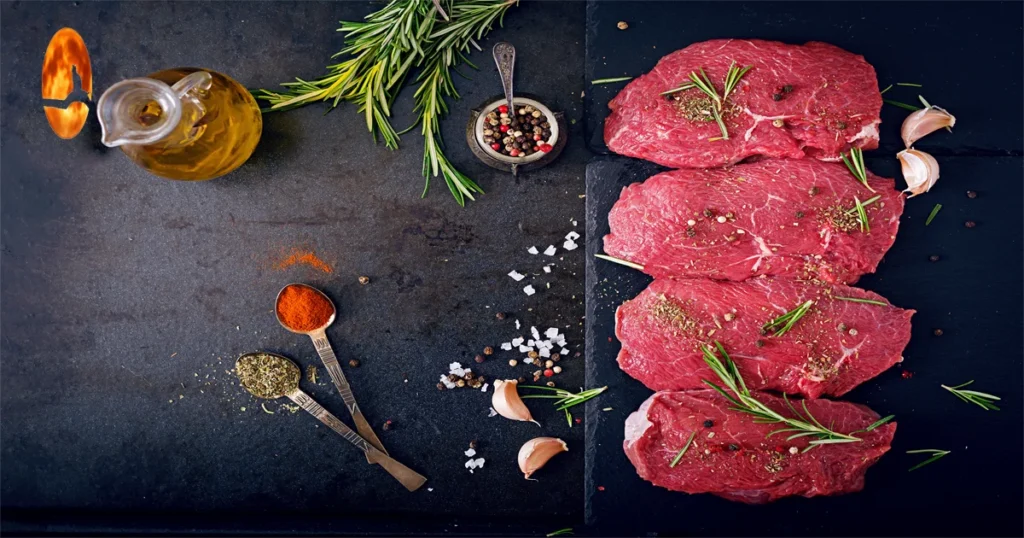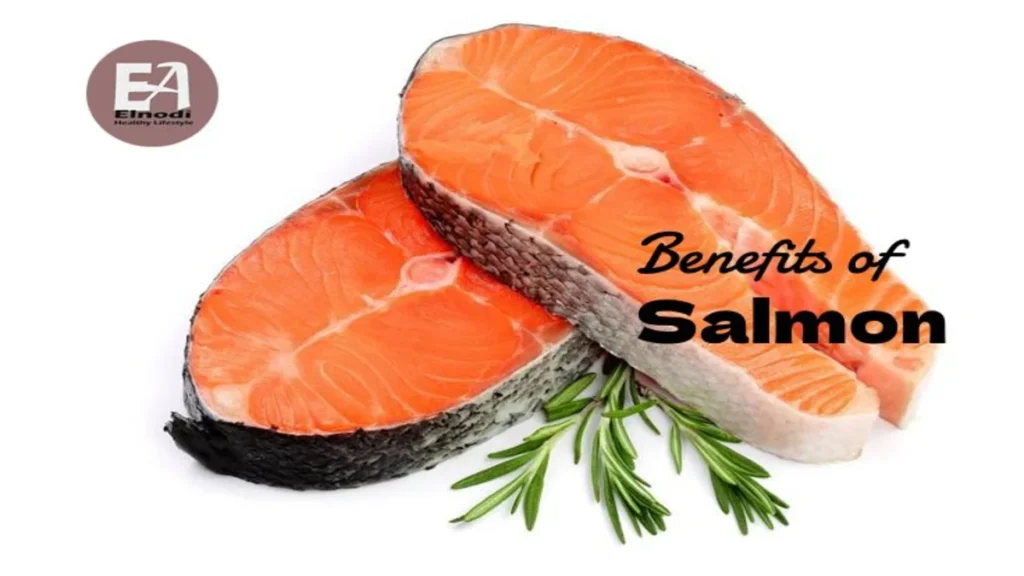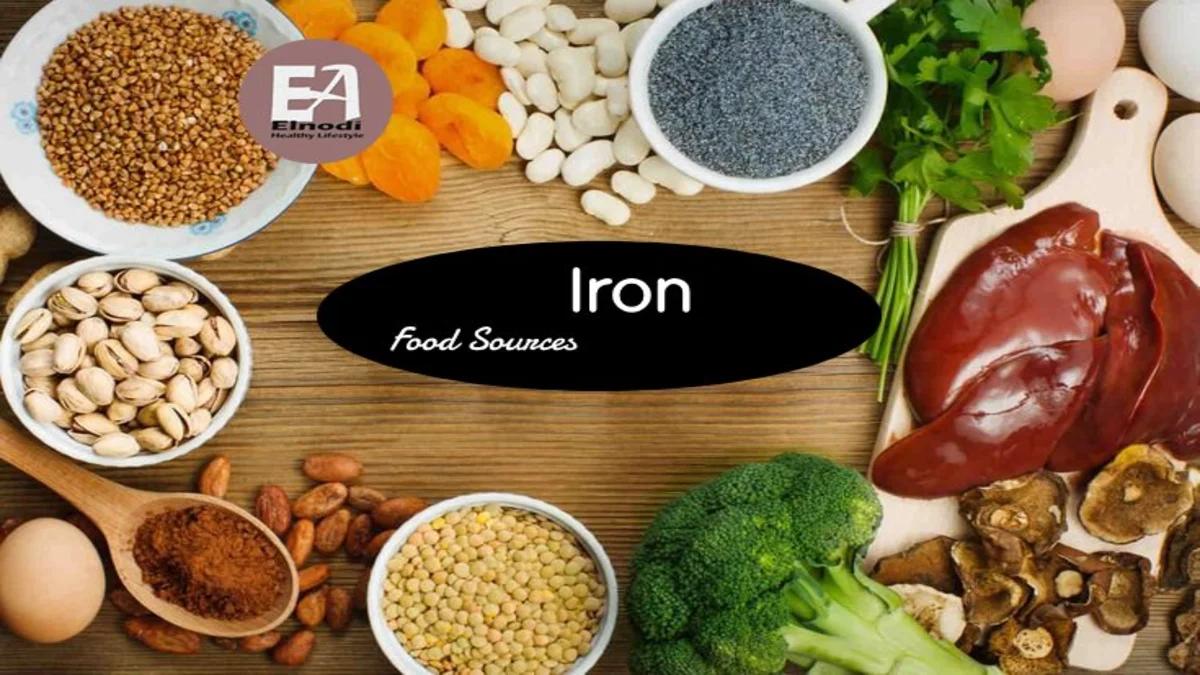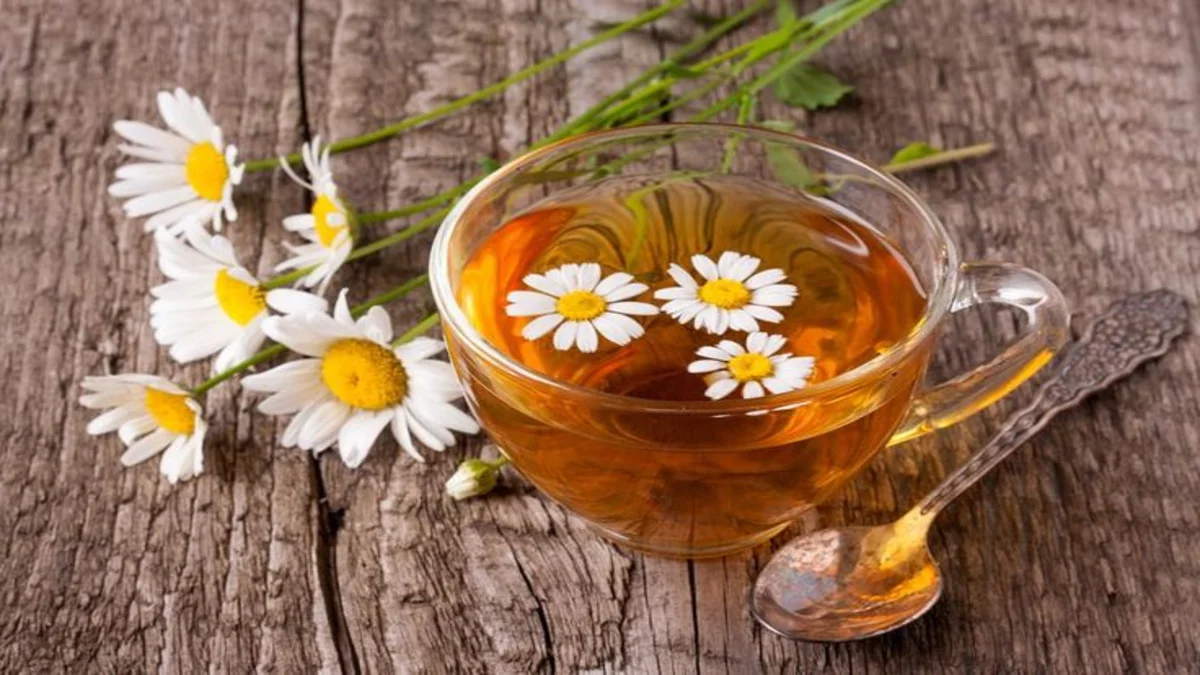Looking for iron food sources? Look no further! Discover mouth-watering options that will provide you with the vital nutrients your body needs.
Iron is a crucial mineral that plays a vital role in various bodily functions, including the production of red blood cells and the transportation of oxygen throughout the body. However, many people struggle to get enough iron in their diets, leading to fatigue and other health issues.
What is iron?
Iron is a nutrient that comes from your diet. It’s needed for many functions in your body, with one of the most important being to prevent anemia. Iron is needed to make hemoglobin, a molecule found in your red blood cells. Haemoglobin moves oxygen through your body.
While your body can store iron, it can’t make iron. The only way to get iron is by consuming (eating) it.
Why You Need Iron
The production of hemoglobin and myoglobin, two proteins that carry oxygen to your body’s muscles, depends on iron, a vital mineral. Moreover, your body needs iron to produce certain hormones.
For males and women, the recommended daily consumption of iron is 8 mg and 18 mg, respectively. During pregnancy, the requirement rises to 27 mg. The recommended daily iron intake for women decreases to 8 mg beyond the age of 51 or when menstruation stops.
Iron is essential to several bodily systems, such as:
Blood Health
Iron’s ability to connect with hemoglobin, or the proteins found in red blood cells, is one of its most crucial roles in the body’s oxygen transport system. Bright red, oxygenated blood guarantees that your body gets the oxygen it needs and is considered healthy.
Immune Health
Because it promotes the growth of lymphocytes white blood cells, and other immune cells, as well as their ability to mount the strongest defense, iron is also essential for a healthy immune system. Your body’s inability to adequately retain iron prevents your cells from reacting to viral and bacterial infections.
Metabolic Health
Iron works with enzymes like cytochromes, which are proteins that include a heme, to assist the metabolic processes of your body by aiding in the production of hormones, bile acids, neurotransmitters, and liver detoxification.
Hair and Skin Health
Iron from proteins supports collagen and follicle cells in the dermis layer of your skin and hair.
Reproductive Health and Early Childhood
Additionally, fetuses and early children’s brain development depend on iron. Pregnant women must consume significantly more iron to provide the minerals their developing child needs. More iron is also necessary for young children to prevent iron-deficiency anemia.
Iron Food Sources
1. Lean Red Meat

Heme iron, or iron that the body can absorb most readily, is found in concentrated form in red meats like beef, lamb, and venison. Iron levels in a 3-ounce portion of cooked beef can range from 2.1 to 2.5 mg, depending on the cut and cooking technique.
2. Poultry
Turkey and chicken make great suppliers of heme iron. Three ounces of roasted turkey breast or chicken can supply about 1.0 to 1.2 milligrams of iron. Choose lean, skinless slices to reduce your intake of saturated fat.
3. Fish and Seafood

Iron-rich fish and seafood include tuna, salmon, sardines, and shellfish (such as oysters and shrimp). Iron levels in a 3-ounce portion of cooked salmon or tuna range from 0.7 to 1.0 mg, while higher levels can be found in shellfish.
4. Legumes
Chickpeas, peas, lentils, and beans are all great plant-based sources of iron. In addition, they include protein, fiber, and a variety of vitamins and minerals. For example, one cup of cooked lentils has about 6.6 mg of iron, which makes them one of the highest plant foods that contain iron.
5. Tofu and Soy Products

For vegetarians and vegans, tofu, tempeh, and other soy products are excellent choices because they are high in iron. About 3.5 milligrams of iron can be found in half a cup of firm tofu. Furthermore, soy products are adaptable and suitable for a wide range of recipes.
6. Dark Leafy Greens
Though not in heme form, leafy greens like Swiss chard, collard greens, spinach, and kale are rich in iron. Even though heme iron absorbs more readily than non-heme iron, eating these greens with foods high in vitamin C can improve iron absorption. For instance, 6.4 mg of iron can be found in one cup of cooked spinach.
7. Fortified Foods
A lot of bread, grain goods, and morning cereals are fortified with iron, which makes them easy ways to get more iron in your diet. When choosing a product, look for whole grain options whenever possible and make sure the nutrition label indicates that extra iron is included.
8. Nuts and Seeds
Nuts and seeds that are high in iron include cashews, pumpkin seeds, sesame seeds, and almonds. They also supply protein, healthy fats, and other vital nutrients. For example, consuming a quarter cup of pumpkin seeds as a snack can provide approximately 4.2 milligrams of iron.
How can I enhance my ability to absorb iron?
Your body’s absorption of iron can be influenced by the meals you eat together and the way you prepare them.
Consuming vitamin C-rich foods, for instance, can increase your body’s absorption of iron. Among them are:
- citrus fruits — such as oranges and lemons
- tomatoes
- berries
- kiwi fruit
- melons
- green leafy vegetables
- capsicum
Consider consuming these raw foods alongside foods high in iron. You can also take a vitamin C supplement or have orange juice with your meals.
A few things can lessen the amount of iron that you absorb, like:
- coffee
- tea
- red wine (both alcoholic and non-alcoholic)
- calcium-rich foods like milk or cheese
- calcium supplements
- some soybean-based foods
Consuming these foods between meals is preferable.
Recipes featuring iron-rich foods
- Lentil and Spinach Soup:
- Ingredients:
- 1 cup dried lentils, rinsed and drained
- 1 onion, chopped
- 2 cloves garlic, minced
- 4 cups vegetable or chicken broth
- 2 cups fresh spinach, chopped
- 1 carrot, diced
- 1 celery stalk, diced
- 1 teaspoon ground cumin
- Salt and pepper to taste
- Olive oil for cooking
- Instructions:
- Heat olive oil in a large pot over medium heat. Add the chopped onion, garlic, carrot, and celery. Cook until softened, about 5 minutes.
- Add the lentils, cumin, salt, and pepper to the pot. Stir to combine.
- Pour in the broth and bring the soup to a boil. Reduce the heat, cover, and simmer for 20-25 minutes, or until the lentils are tender.
- Stir in the chopped spinach and cook for an additional 5 minutes.
- Adjust seasoning if necessary and serve hot. Optionally, garnish with a dollop of Greek yogurt or a sprinkle of grated Parmesan cheese.
2. Grilled Salmon with Lemon-Herb Butter:
- Ingredients:
- 4 salmon fillets
- 2 tablespoons olive oil
- Salt and pepper to taste
- 1 lemon, sliced
- Fresh herbs (such as dill, parsley, or thyme)
- For the lemon-herb butter:
- 4 tablespoons unsalted butter, softened
- Zest of 1 lemon
- 2 tablespoons chopped fresh herbs
- Salt and pepper to taste
- Instructions:
- Preheat your grill to medium-high heat.
- Season the salmon fillets with olive oil, salt, and pepper.
- Place the salmon fillets on the grill, along with a few lemon slices.
- Grill the salmon for 4-5 minutes on each side, or until cooked to your desired doneness.
- While the salmon is grilling, prepare the lemon-herb butter by mixing softened butter, lemon zest, chopped herbs, salt, and pepper.
- Serve the grilled salmon hot with a dollop of lemon-herb butter on top.
3. Black Bean and Vegetable Tacos:
- Ingredients:
- 1 can (15 ounces) black beans, rinsed and drained
- 1 bell pepper, diced
- 1 onion, diced
- 2 cloves garlic, minced
- 1 teaspoon ground cumin
- 1 teaspoon chili powder
- Salt and pepper to taste
- 8 small corn tortillas
- Toppings: avocado slices, salsa, chopped cilantro, lime wedges
- Instructions:
- Heat olive oil in a skillet over medium heat. Add the diced onion, bell pepper, and garlic. Cook until softened, about 5 minutes.
- Add the black beans, cumin, chili powder, salt, and pepper to the skillet. Stir to combine and cook for an additional 3-4 minutes, until heated through.
- Warm the corn tortillas in a separate skillet or oven.
- Assemble the tacos by spooning the black bean mixture onto each tortilla. Top with avocado slices, salsa, chopped cilantro, and a squeeze of lime juice.
- Serve immediately and enjoy!
Summary
Your body cannot generate iron on its own, therefore you must routinely consume this vital element.
However, it should be mentioned that some people should consume fewer red meat and other heme iron-rich meals.
Nonetheless, the majority of people can control how much of what they ingest with ease.
Recall that if you consume no meat or fish, you can increase the amount of iron absorbed by eating plant-based sources of iron along with a source of vitamin C.
FAQs
Are eggs high in iron?
What causes low iron?
Does vitamin D help absorb iron?
What are the 3 stages of iron deficiency?
References
- https://www.ncbi.nlm.nih.gov/pmc/articles/PMC9219084/
- https://www.ncbi.nlm.nih.gov/books/NBK448065/
- https://fdc.nal.usda.gov/fdc-app.html#/food-details/337833/nutrients
- https://fdc.nal.usda.gov/fdc-app.html#/food-details/172421/nutrients
- https://www.ncbi.nlm.nih.gov/books/NBK540969/





